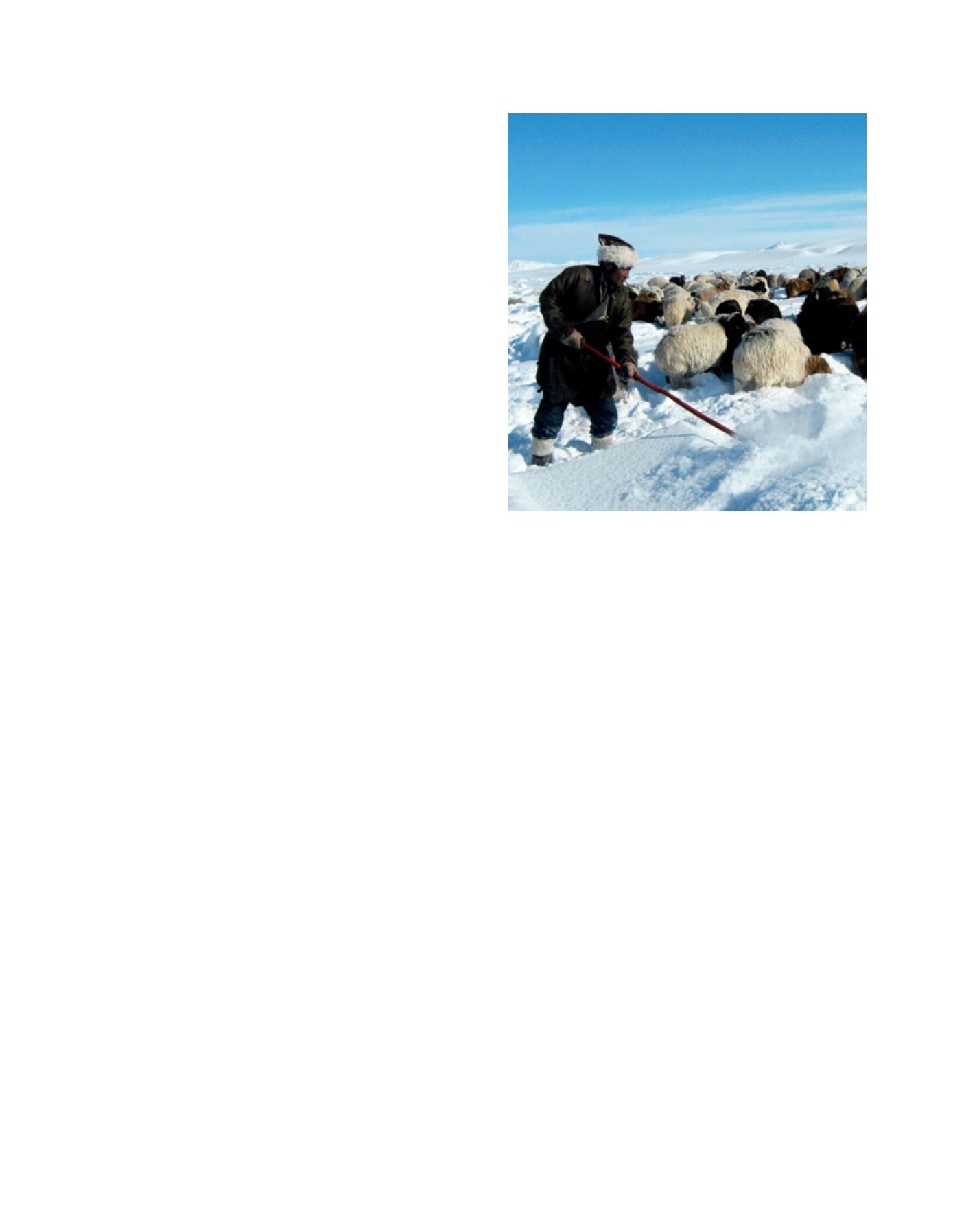

[
] 13
family farmland, family labour and self-supplied capital for
household reproduction and subsistence. Its dependence
on, and involvement in, external markets for productive
factors (such as land, capital, labour and inputs) is partial.
Extended from the broader classification of family farming
in terms of political economy, eight features elaborate the
nature and quality of family farming more specifically:
• subsistence and livelihood satisfaction
• family centrality
• labour intensification
• diversification, pluriactivity and risk reduction
• autonomy and deliberation of market integration
• endogeneity and locality
• food sovereignty and food safety
• environmentally friendly with cultural heritage.
With the above features, family farming contributes greatly
to food sovereignty and food safety. It safeguards food secu-
rity for producers, especially marginalized peasants and the
poor; localizes food systems; renders control and autonomy
to local people; builds knowledge and skills; and works
with nature. It implies the rights of small-scale family
farmers to access agricultural resources. The feature of food
sovereignty is particularly important under the global food
regime and large-scale land acquisition processes, which
have been labelled ‘land grabbing’.
In the context of Asia and the Pacific, family farming
faces dramatic challenges under global capitalization and
agrarian transition. The transition from family farming to
large-scale, capitalized farming occurs in the developing
countries of Asia and the Pacific are involved in capitaliza-
tion through contract farming. Compared to the income
increase brought by contract farming, the loss of social
standing and political power over their own land and
labour, the increased social differentiation and disintegra-
tion of rural communities, and the rising inequality and
risks of landlessness represent immeasurable impacts for
family farming and rural society as a whole. The second
significant challenge comes from land-grabbing, both by
global players and domestic development. According to
the Land Matrix, Asia is second to Africa in terms of the
number of hectares affected by land deals. Land-grabbing
is not just about physical dispossession but a broader sense
of dispossession. Evidence shows that land acquisition
and the displacement of family farmers has had negative
effects on ecological systems, food security, family farmers
and rural dwellers as a whole. The third major challenge
for family farming is the deagrarianization of rural youth
in the trend of migration. It is necessary to envisage the
downside of migration on family farming. At the house-
hold and individual level, the most notable change after
labour migration is the increasing involvement of women,
children and the elderly in farming and the transition from
labour-intensive farming to fast farming. For agriculture
production, the deagrarianization of rural youth and the
ageing of the farming population have already significantly
weakened agriculture and family farming.
Family farmers contribute to local market development,
community-level cooperation and resilience, and ultimately
to countries’ gross domestic product. They have important
roles and contributions in enhancing the multifunctionality
of agriculture, such as preserving local traditions, heritage
and food systems as well as community ecosystems and rural
landscapes. However, such an important role can hardly be
realized without all-round recognition and external support.
The understanding and perception of family farming is
closely related to views on agriculture and development. For
Asia and the Pacific, generally being a developing region,
most developing countries in this region have embraced
the developmental paths of industrialization, urbanization
and marketization – in a word, a Western ‘modernization’
set by Europe and North America. Since the 1980s, agri-
culture in Asian countries has been actively integrated into
global markets. The forces of globalization, deregulation
and withdrawal of government from agriculture, the liber-
alization of agricultural sectors, the privatization of services
and information, structural adjustment, international trade
agreements and new technologies, create an ambiguous
environment for policymaking. Policymaking to defend and
support family farming should:
• protect agriculture as public goods rather than
throwing it into the market
• consolidate the centrality of family farming, protecting
peasants from land-grabbing and proletarianization
• emphasize peasants’ food sovereignty and its
contribution to global food security
• construct new and decentralized markets for
facilitating food safety
• facilitate reconstruction and comprehensive rural
development for the continuity of family farming
• acknowledge the multiple values of agriculture, recognizing
and boosting the values of traditional agriculture.
Dzud (the falling of big snow) is a major challenge for pastoralist families
Image: Erdenebileg Ulgiit
R
egional
P
erspectives
















